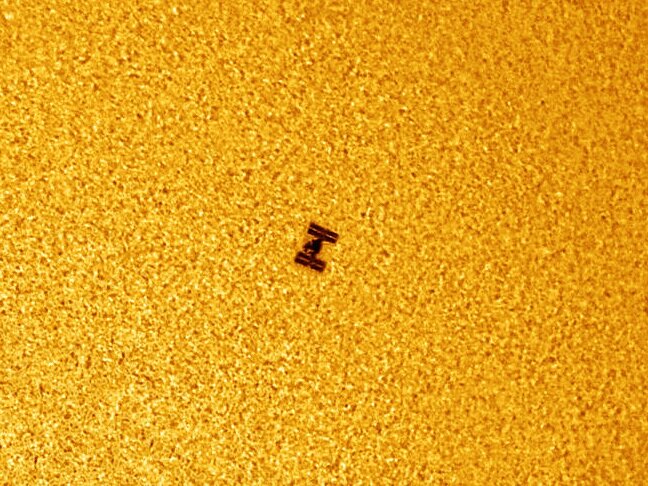Pro Member
- Followers
- 1
- Following
- 4
- Joined
- Dec 28, 2020
- Posts
- 23
- Likes Received
- 4
- Trophy Points
- 3
- Name
- Doug Ouren
Just wondering if you all might have any suggestions on tips for shooting the full moon. Thanks much
Follow along with the video below to see how to install our site as a web app on your home screen.
Note: This feature may not be available in some browsers.
Thanks much for the response....and good luck tonightI am planning to do the same tonight for the “once in a century” super blood moon we will get in Australia tonight (super moon + eclipse). I don’t know if you will be able to see the eclipse, but the super moon is visible everywhere.
The two tips I have been given are to:
- shoot the super moon as it rises because the horizon gives it context (It looks bigger rising over things)
- hope that the weather is kind (few clouds) because the eclipse will only last about 15 minutes
I guess it depends on lens, but it does still affect things. I've shot at 6.3 and you tend to lose sharpness at the outer edges of the moon where it's not quite in the focus plane. If you think you are aiming at the centre of a globe, there is curvature going away from you all around.Looking for information, not criticising: why f/8 or more? Given the moon is a long way away, won't all of it be in the depth of field no matter what aperture you choose? I used wide open (f/6.3) to get as much light as possible.
My shots of the eclipse were dreadful, but I got some decent ones of the super moon, albeit hand-held.
I want to try again tonight, to try to get a "moon rise over landscape" shot, and I'll take a tripod this time.
My thinking was “I am at infinity anyway, and it’s hundreds of thousands of km away, but you are right, the edges were a bit ragged.I guess it depends on lens, but it does still affect things. I've shot at 6.3 and you tend to lose sharpness at the outer edges of the moon where it's not quite in the focus plane. If you think you are aiming at the centre of a globe, there is curvature going away from you all around.


